- The central and western regions have set off a boom in the opening of Central Asian trains
- This new era of "Steel Silk Road" is becoming a golden channel for regional economic cooperation
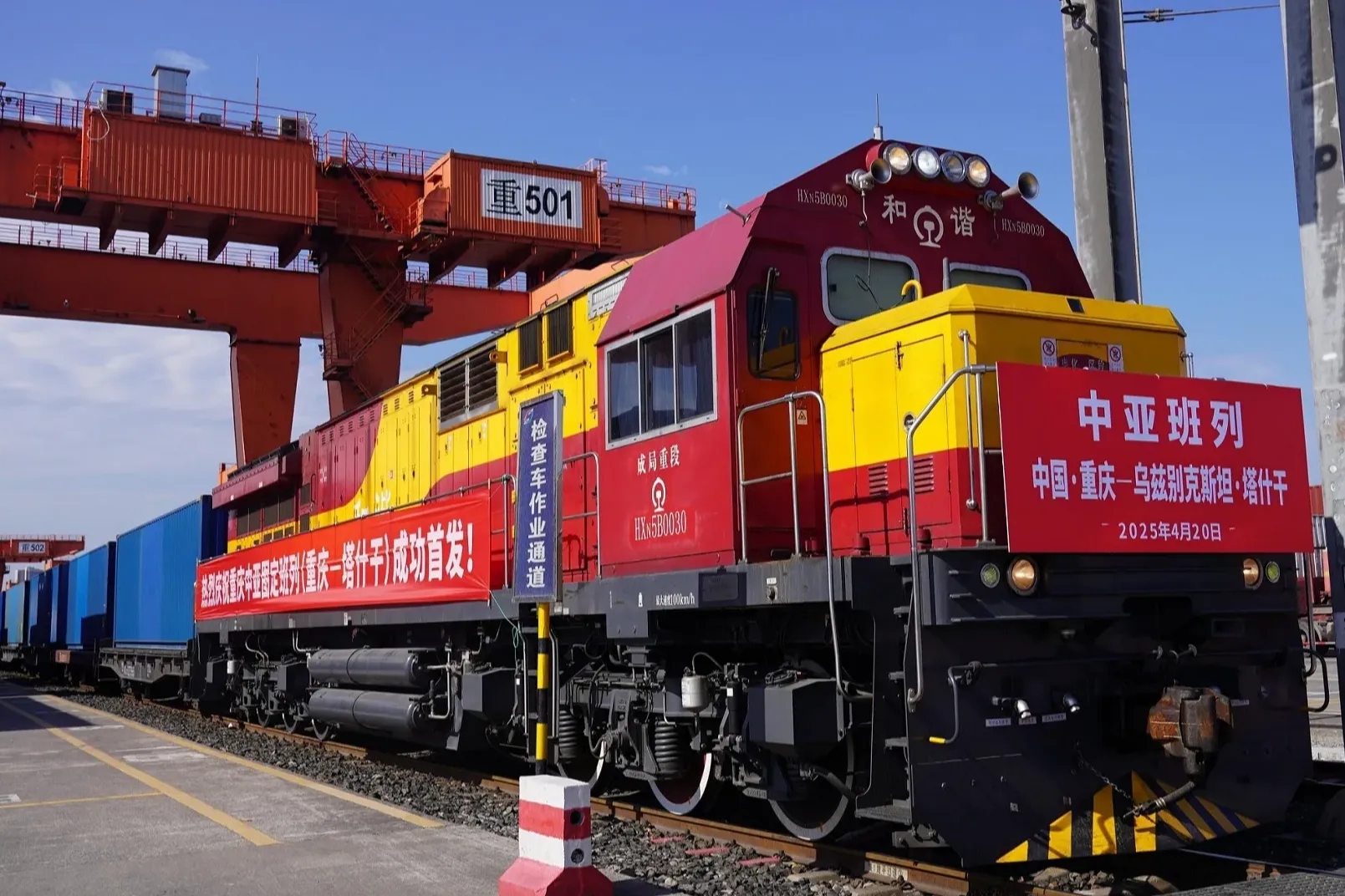
The ancient camel bell road is better than the past, and the steel silk road leads to all directions. On April 20, the first scheduled Central Asia train loaded with "Made in Chongqing" polyester chips set off from the central station of Chongqing Tuanjie Village, and started normal operation with a fixed frequency of 2 trains per month, which is not only a new breakthrough in the logistics map of the mountain city, but also reflects the vigorous vitality of economic and trade cooperation between central and western China and Central Asia.

Since April, the central and western regions have set off a boom in the opening of Central Asian trains. On April 11, Lanzhou, Gansu Province launched the first "China-Kyrgyzstan-Afghanistan" railway-public intermodal international train; On the 12th, Wuhan, Hubei Province sounded the first whistle of the normalization of the Central Asia train; On the 13th, Chengdu, Sichuan Province opened a fixed-time Central Asia train...... Behind the dense schedules are increasingly regional economic ties. Fu Kun, sales manager of Yuxinou (Chongqing) Supply Chain Management Co., Ltd., pointed out that the enthusiasm of foreign trade enterprises in the western region to explore the Central Asian market is high, and the complementary demand of the two sides continues to be released, and the opening of normalized freight trains has become an inevitable trend.
Compared with the traditional "cargo waiting for trucks" sporadic transportation mode, the Central Asia Express has brought a revolutionary breakthrough with the standardized operation of "timing, routing and scheduling". Xu Meiqiong, a freight expert from China Railway Chengdu Bureau, introduced that the fixed operation mechanism effectively solves the timeliness and cost problems caused by multiple transshipments of scattered goods, allowing foreign trade enterprises to lock in space and freight rates in advance, and significantly improve logistics stability. Lin Zheng, logistics manager of Chongqing Wankai New Materials, has a deep understanding of this: "After the normalization of the train, the time for goods to be transported to Uzbekistan has been shortened, the reloading process has been simplified, and we have installed an 'accelerator' for us to develop the Central Asian market." "
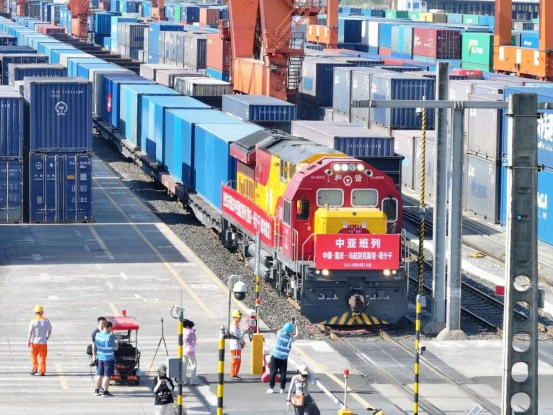
As an important fulcrum of the Eurasian land bridge, the central and western regions are opening up new development channels through logistics arteries. Chongqing's direct train to Afghanistan has expanded the route map of Central Asia, and the first JSQ scheduled train in Gansu has transported 183 domestically produced vehicles to Kazakhstan, promoting Lanzhou to move towards an automobile export trade center. With the continuous improvement of the Central Asia Express and the Trans-Caspian Express, Sichuan white cardboard, Chongqing chemical products, Hubei auto parts and other special commodities have accelerated their "going out", and Kazakhstan's high-quality wheat flour has been served to the tables of the people in the central and western regions through "reverse logistics", forming a two-way trade pattern.
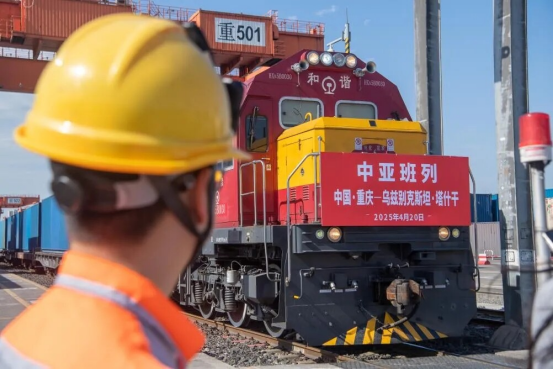
According to the data of Gansu International Logistics Group, relying on the increasingly dense logistics network, the local trade category has expanded from basic goods such as aluminum products and fruits to diversified fields such as daily necessities and machinery and equipment, building a trade network that radiates many countries. China's customs data confirms this trend: in the first quarter of this year, imports and exports from the central and western regions to neighboring countries increased by 7.7% year-on-year, and this new era of "steel silk road" is becoming a golden channel for regional economic cooperation. (This article is from the official website of Jiandao www.seetao.com it may not be reproduced without permission, otherwise it must be investigated, please indicate Jiandao.com + original link) Jiandao.com strategic column editor / Sun Fengjuan
Comment
 Praise
Praise
 Collect
Collect
 Comment
Comment
 Search
Search


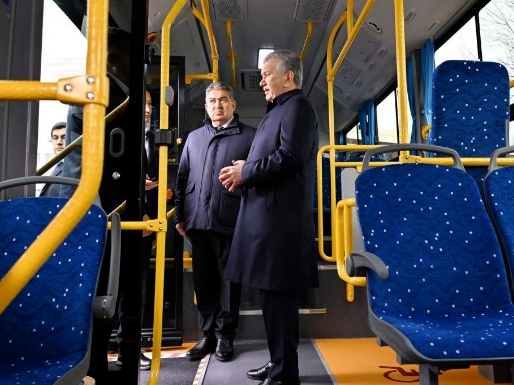

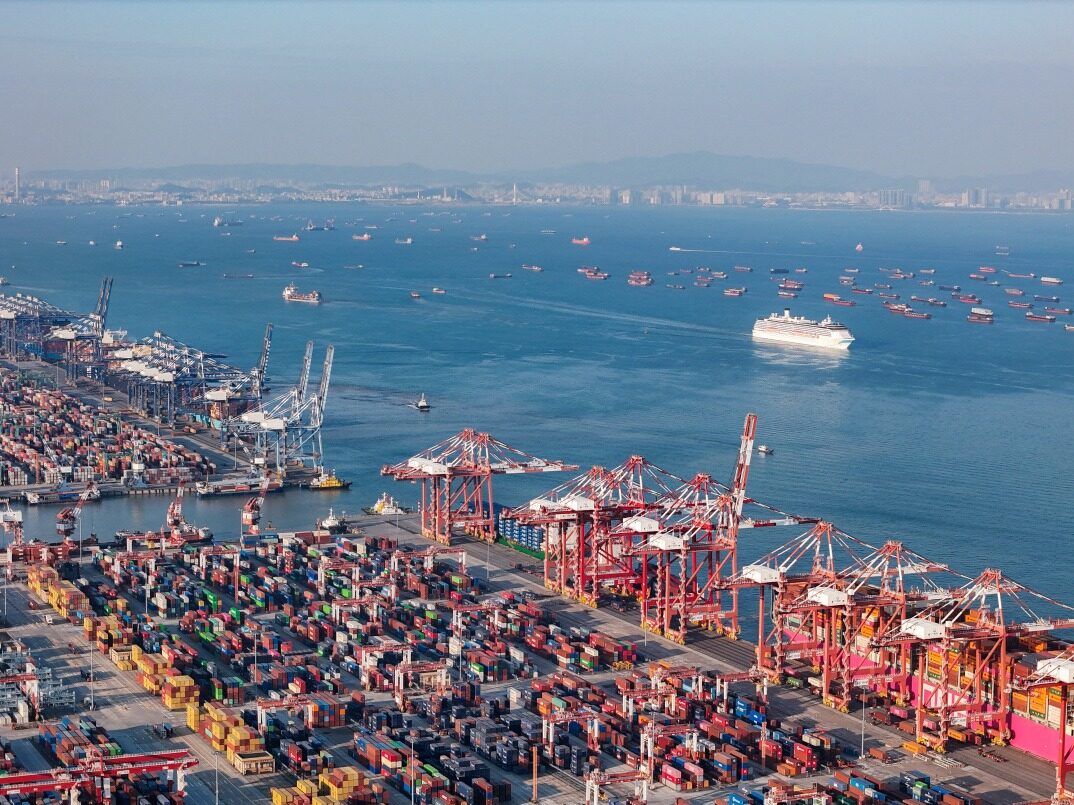

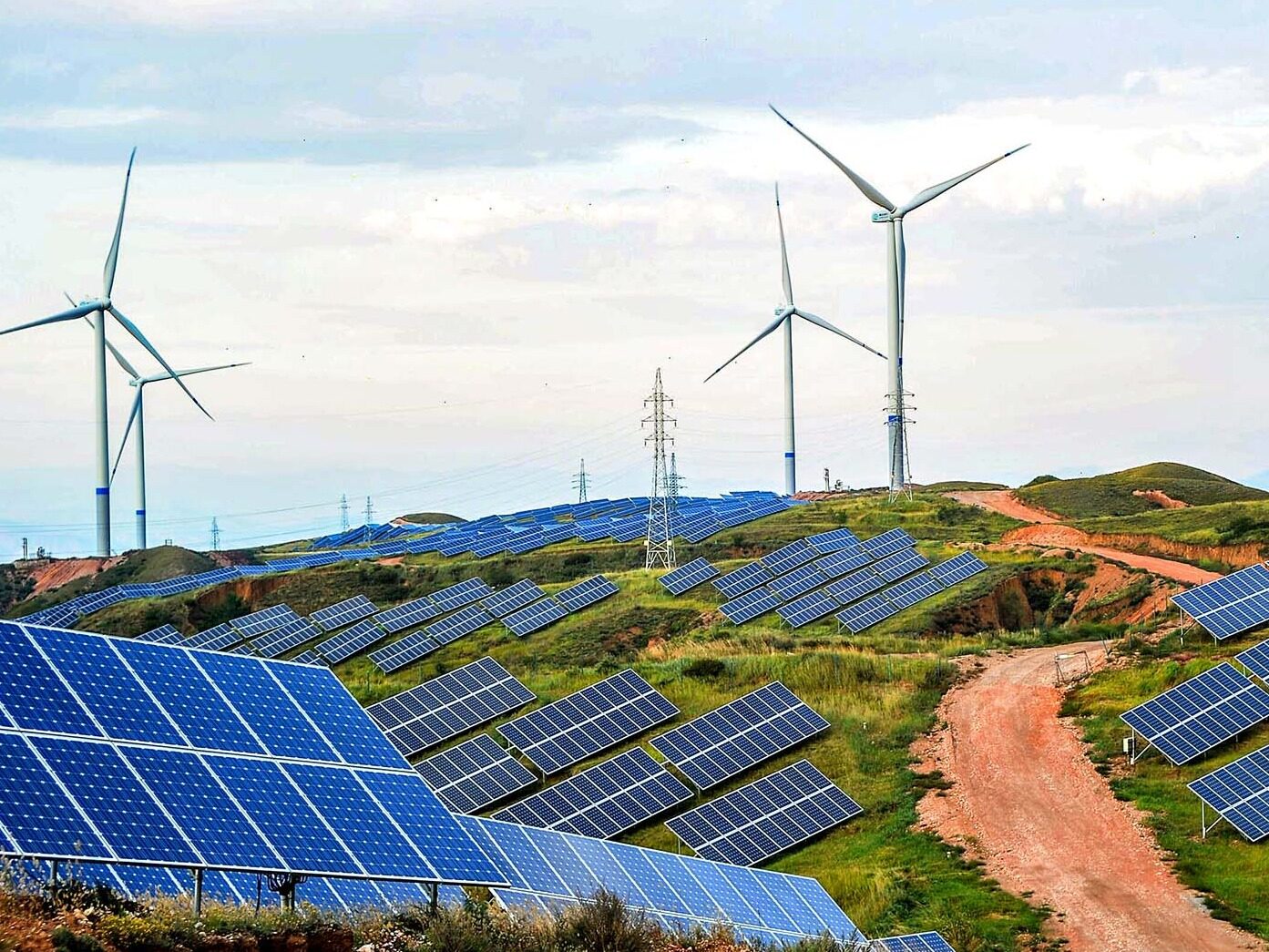
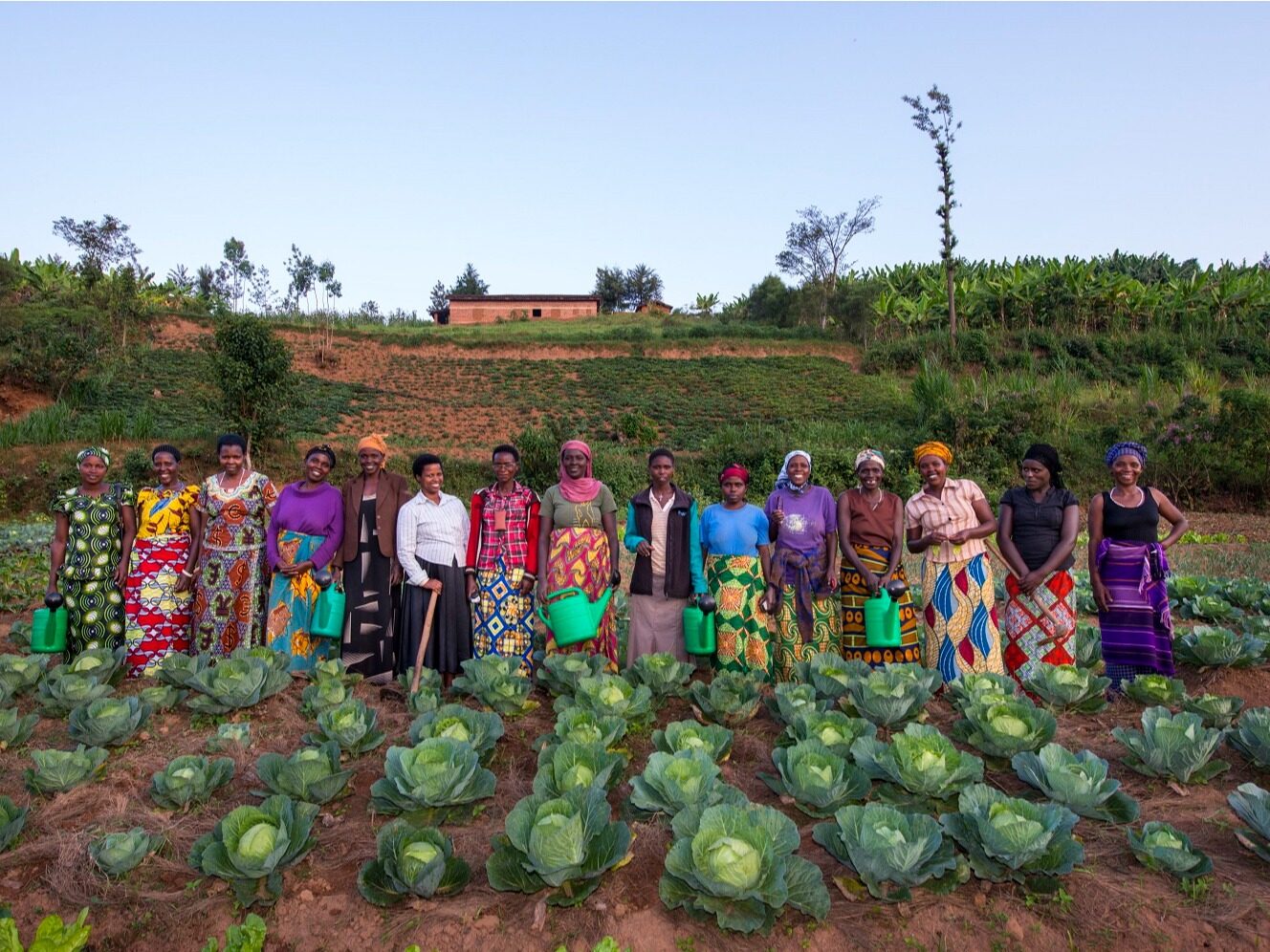






Write something~